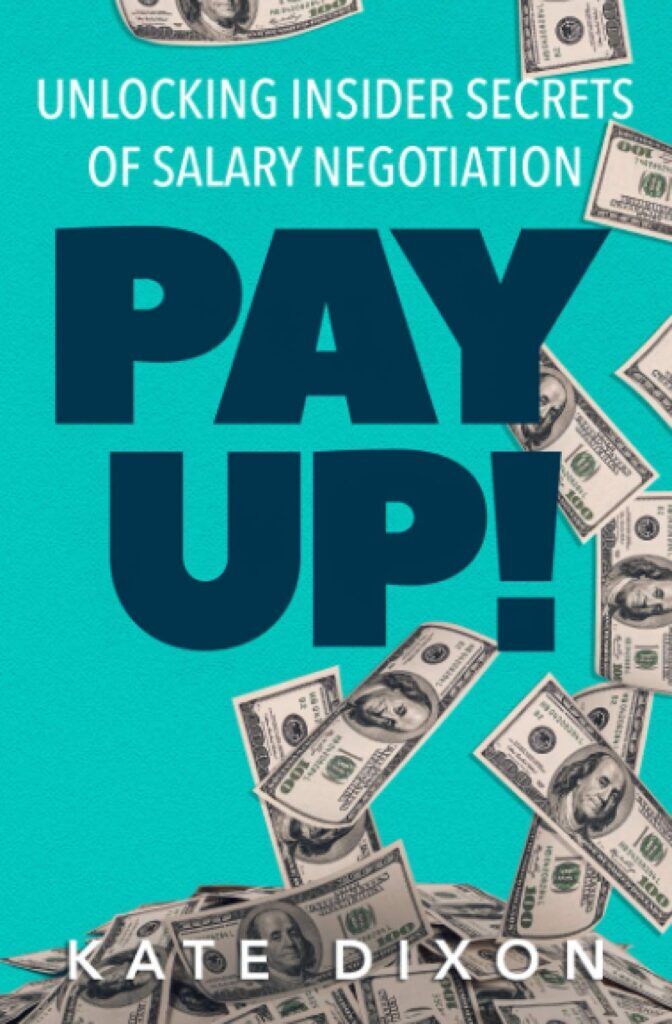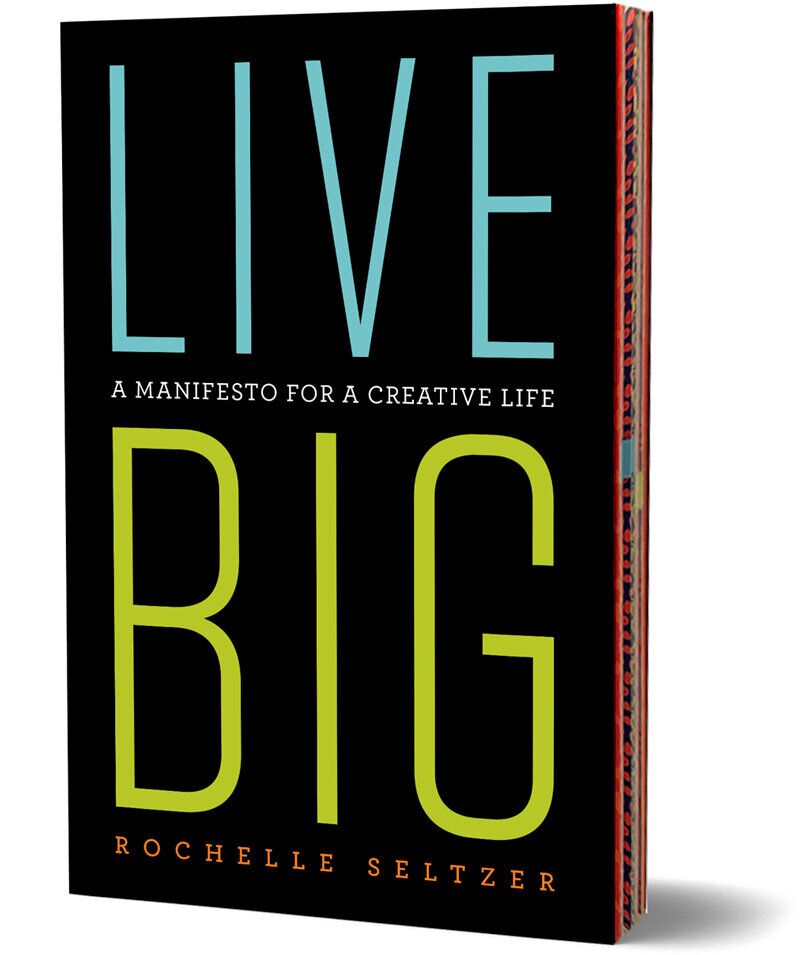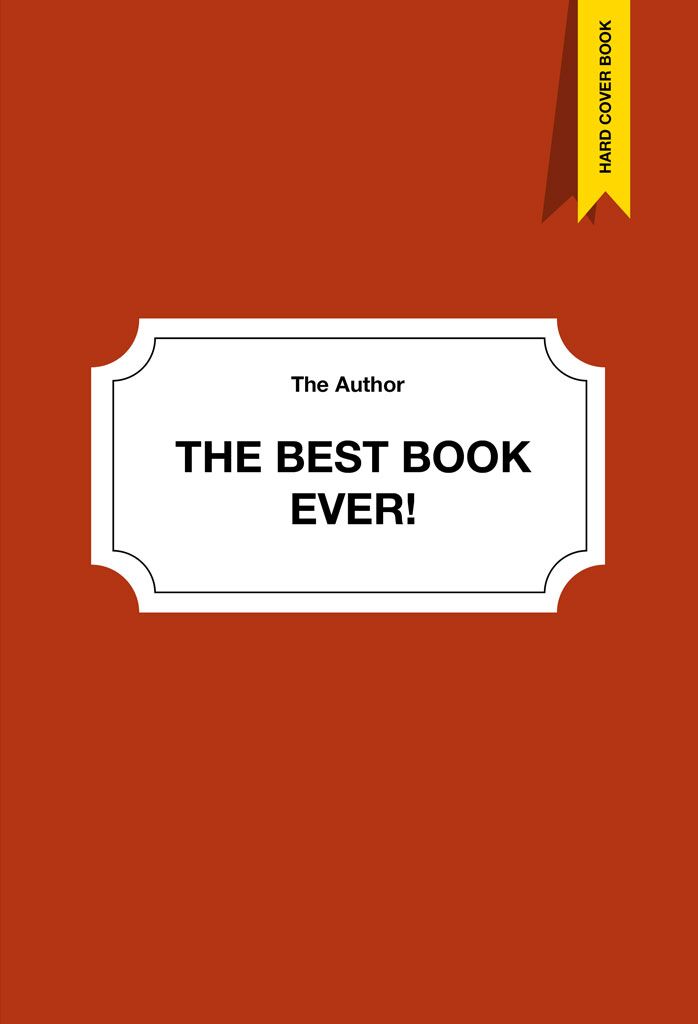How One Company Became the Theranos of Marshmallows

GUEST POST from Robyn Bolton
Here’s a head-scratcher when it comes to scaling innovation: What happens when your innovative product is a hit with customers, but you still fail spectacularly? Just ask the folks behind Smashmallow, the gourmet marshmallow company that went from sweet success to sticky situation faster than you can say “s’mores.”
The Recipe for Initial Success
Jon Sebastiani sold his premium jerky company Krave to Hershey for $240 million and thought he’d found his next billion-dollar idea in fancy French marshmallows. And initially, it looked like he had.
Smashmallow’s artisanal, flavor-packed treats weren’t just another fluffy, tasteless sugar puff – they created an entirely new snack category. Customers couldn’t get enough of their handcrafted, churro-dusted, chocolate-chip-studded clouds of happiness. The company hit $5 million in sales in its first year, doubled that the next, and was available in 15,000 stores nationwide in only its third year.
Sounds like a startup fairy tale, right? Right! If we’re talking about the original Brothers Grimm versions. Corporate innovators start taking notes.
The Candy-coated Vision
Sebastiani and his investors weren’t content with building a successful premium regional brand. They wanted to become the Kraft of craft marshmallows, scaling from artisanal to industrial without losing what made the product special. It’s a story that plays out in corporations every day: the pressure to turn every successful pilot into a billion-dollar business.
So, they invested. Big time.
They signed a contract with “an internationally respected builder of candy-making machines” to design and build a $3 million custom-built machine and another with a copacker to build an entirely new facility to accommodate the custom machine.
Bold visions require bold moves, and Sebastiani was a bold guy.
The Scale-up Meltdown
But boldness can’t overcome reality, and the custom machine couldn’t replicate the magic of handmade marshmallows. It couldn’t even make the marshmallows.
Starch dust created explosion hazards. Cinnamon wouldn’t stick. Workers couldn’t breathe through spice clouds. The handmade ethos of imperfect squares gave way to industrialized perfection. Each attempt to solve one problem created three more, like a game of confectionery whack-a-mole.
By 2022, Smashmallow was gone, leaving behind a cautionary tale about the gap between what customers value and what executives and investors want. The irony? They succeeded in their mission to disrupt the market – by 2028, the North American marshmallow market is projected to more than double its 2019 size, largely thanks to the premium category Smashmallow created. They just won’t be around to enjoy it.
A Bittersweet Paradox
For so many corporate innovators, this story hits close to home. How many promising projects died not because customers didn’t love them but because they couldn’t scale to “move the needle” for a multi-billion dollar corporation? A $15 million business might be a champagne-popping moment for an entrepreneur, but it barely registers as a rounding error on a Fortune 500 income statement.
This is the innovation paradox facing corporate innovators: The very pressure to go big or go home often destroys what makes an innovation special in the first place. It’s not enough to create something customers love – you must create something that can scale to satisfy the corporate appetite for growth.
Finding the Sweet Spot
The lesson isn’t that we should abandon ambitious scaling plans. Instead, we must be brutally honest about whether our drive for scale aligns with what makes our innovation valuable to customers. If it doesn’t, we must choose whether to scale back our ambitions (unlikely) or let go of our successful-but-small idea.
After all, not every marshmallow needs to be a mountain, but every mountain climber (that’s you) needs a mountain.
Image credit: Unsplash
![]() Sign up here to join 17,000+ leaders getting Human-Centered Change & Innovation Weekly delivered to their inbox every week.
Sign up here to join 17,000+ leaders getting Human-Centered Change & Innovation Weekly delivered to their inbox every week.















 After a week of torrid voting and much passionate support, along with a lot of gut-wrenching consideration and jostling during the judging round, I am proud to announce your Top 40 Innovation Bloggers of 2024:
After a week of torrid voting and much passionate support, along with a lot of gut-wrenching consideration and jostling during the judging round, I am proud to announce your Top 40 Innovation Bloggers of 2024: Greg Satell is a popular speaker and consultant. His first book,
Greg Satell is a popular speaker and consultant. His first book, 
 Mike Shipulski brings together people, culture, and tools to change engineering behavior. He writes daily on Twitter as
Mike Shipulski brings together people, culture, and tools to change engineering behavior. He writes daily on Twitter as 
 A twenty-five year Procter & Gamble veteran, Pete has spent the last 8+ years applying insights from psychology and behavioral science to innovation, product design, and brand communication. He spent 17 years as a serial innovator, creating novel products, perfume delivery systems, cleaning technologies, devices and many other consumer-centric innovations, resulting in well over 100 granted or published patents. Find him at pete.mindmatters@gmail.com
A twenty-five year Procter & Gamble veteran, Pete has spent the last 8+ years applying insights from psychology and behavioral science to innovation, product design, and brand communication. He spent 17 years as a serial innovator, creating novel products, perfume delivery systems, cleaning technologies, devices and many other consumer-centric innovations, resulting in well over 100 granted or published patents. Find him at pete.mindmatters@gmail.com






 Dainora (a.k.a. Dee) creates customer-centric content at Viima. Viima is the most widely used and highest rated innovation management software in the world. Passionate about environmental issues, Dee writes about sustainable innovation hoping to save the world – one article at the time.
Dainora (a.k.a. Dee) creates customer-centric content at Viima. Viima is the most widely used and highest rated innovation management software in the world. Passionate about environmental issues, Dee writes about sustainable innovation hoping to save the world – one article at the time.
 Soren Kaplan is the bestselling and award-winning author of Leapfrogging and The Invisible Advantage, an affiliated professor at USC’s Center for Effective Organizations, a former corporate executive, and a co-founder of
Soren Kaplan is the bestselling and award-winning author of Leapfrogging and The Invisible Advantage, an affiliated professor at USC’s Center for Effective Organizations, a former corporate executive, and a co-founder of  Diana heads marketing at
Diana heads marketing at 
 Jesse Nieminen is the Co-founder and Chairman at
Jesse Nieminen is the Co-founder and Chairman at 


 Arlen Meyers, MD, MBA is an emeritus professor at the University of Colorado School of Medicine, an instructor at the University of Colorado-Denver Business School and cofounding President and CEO of the Society of Physician Entrepreneurs at
Arlen Meyers, MD, MBA is an emeritus professor at the University of Colorado School of Medicine, an instructor at the University of Colorado-Denver Business School and cofounding President and CEO of the Society of Physician Entrepreneurs at 
 Leo is the founder of
Leo is the founder of  Rachel Audige is an Innovation Architect who helps organisations embed inventive thinking as well as a certified Systematic Inventive Thinking Facilitator, based in Melbourne.
Rachel Audige is an Innovation Architect who helps organisations embed inventive thinking as well as a certified Systematic Inventive Thinking Facilitator, based in Melbourne. Art Inteligencia is the lead futurist at Inteligencia Ltd. He is passionate about content creation and thinks about it as more science than art. Art travels the world at the speed of light, over mountains and under oceans. His favorite numbers are one and zero.
Art Inteligencia is the lead futurist at Inteligencia Ltd. He is passionate about content creation and thinks about it as more science than art. Art travels the world at the speed of light, over mountains and under oceans. His favorite numbers are one and zero.
 Phil McKinney is the Author of “Beyond The Obvious”, Host of the Killer Innovations Podcast and Syndicated Radio Show, a Keynote Speaker, President & CEO CableLabs and an Innovation Mentor and Coach.
Phil McKinney is the Author of “Beyond The Obvious”, Host of the Killer Innovations Podcast and Syndicated Radio Show, a Keynote Speaker, President & CEO CableLabs and an Innovation Mentor and Coach. Dr. Ralph-Christian Ohr has extensive experience in product/innovation management for international technology-based companies. His particular interest is targeted at the intersection of organizational and human innovation capabilities. You can follow him on Twitter
Dr. Ralph-Christian Ohr has extensive experience in product/innovation management for international technology-based companies. His particular interest is targeted at the intersection of organizational and human innovation capabilities. You can follow him on Twitter 
 Dr. Dean Anderson and Dr. Linda Ackerman Anderson lead
Dr. Dean Anderson and Dr. Linda Ackerman Anderson lead 

 Scott Anthony is a strategic advisor, writer and speaker on topics of growth and innovation. He has been based in Singapore since 2010, and currently serves at the Managing Director of Innosight’s Asia-Pacific operations.
Scott Anthony is a strategic advisor, writer and speaker on topics of growth and innovation. He has been based in Singapore since 2010, and currently serves at the Managing Director of Innosight’s Asia-Pacific operations. Paul Hobcraft runs
Paul Hobcraft runs 
 Chateau G Pato is a senior futurist at Inteligencia Ltd. She is passionate about content creation and thinks about it as more science than art. Chateau travels the world at the speed of light, over mountains and under oceans. Her favorite numbers are one and zero.
Chateau G Pato is a senior futurist at Inteligencia Ltd. She is passionate about content creation and thinks about it as more science than art. Chateau travels the world at the speed of light, over mountains and under oceans. Her favorite numbers are one and zero.
 As an experience architect, Alain helps leaders craft customer, employee and shareholder experiences for profit, reinvention and transformation. He does this through his personal consultancy Alain Thys & Co as well as the transformative venture studio
As an experience architect, Alain helps leaders craft customer, employee and shareholder experiences for profit, reinvention and transformation. He does this through his personal consultancy Alain Thys & Co as well as the transformative venture studio 









